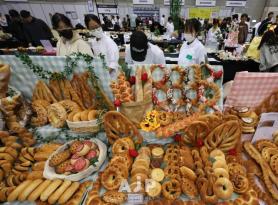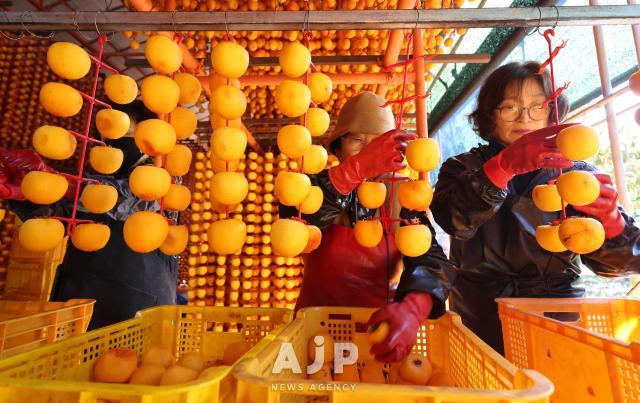
SEOUL, November 05 (AJP) - Late autumn transforms Sangju in North Gyeongsang Province into a spectacle of vivid orange. This is the season when the autumn sun-kissed persimmons are harvested and processed into the region’s renowned specialty: Gotgam, or dried persimmons.
Sangju is traditionally famed for persimmons, rice and silk. While modern crops like grapes and cucumbers have joined its list of specialties, it is the gotgam that defines the region. Sangju's dried persimmons are particularly prized for their exceptionally high sugar content and soft, tender flesh.
This superior quality is no accident; the region boasts the perfect climate, characterized by warm, sunny autumn days and crisp, cool evenings — ideal conditions for the slow, meticulous drying process.
The prestige of Sangju Gotgam stretches back centuries. Historical records from the Joseon Dynasty attest to its excellence, noting its designation as an official tribute item presented to the king.
Today, the tradition continues on a massive scale. Sangju is proudly the world's largest producer of dried persimmons, with an annual output of approximately 7,500 tons. The region accounts for more than 60 percent of South Korea's total national production.

Stepping into a processing facility is an unforgettable travel experience. The air is thick with the sweet, earthy scent of fresh fruit. Persimmons, glowing a vibrant orange, cascade from machines into sorting areas. Workers swiftly peel the fruit and then string the pale spheres onto skewers.
From there, the magic begins: the strung persimmons are carefully hung, filling vast, three-story warehouses from floor to ceiling in what appears to be a gigantic, edible curtain.
The transformation takes patience. For about 50 to 60 days, the persimmons undergo a natural drying process in the cool, circulating air. This slow method is key to preventing spoilage and maximizing longevity, yielding the chewy, sugar-dusted treat that has delighted Koreans for generations.
As global interest in hansik (Korean cuisine) and its traditional foods surges — demonstrated by the global recognition of Korean food practices and the inclusion of persimmons in high-profile events like the APEC summit — Sangju Gotgam stands ready for its moment in the international spotlight.
It's a testament to the community's commitment to preserving a time-honored tradition while embracing a global future. For travelers seeking a taste of Korean history, culture, and nature, a visit to Sangju in late fall offers a truly golden experience.
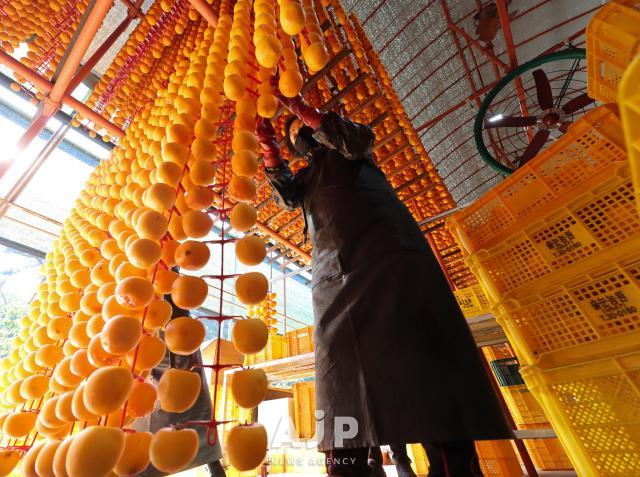
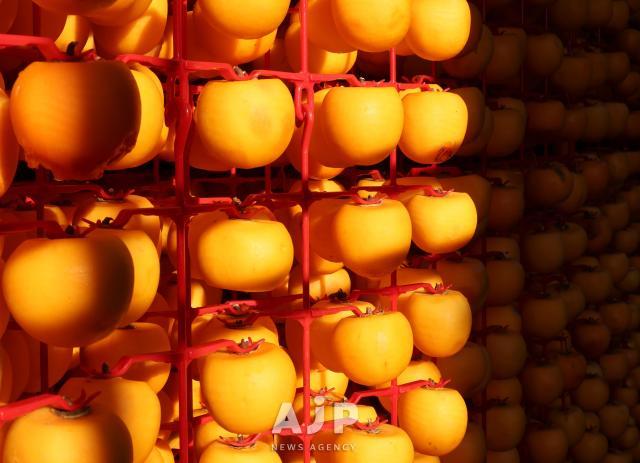
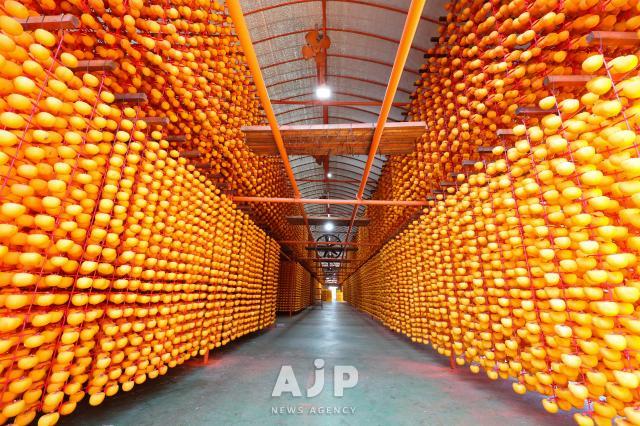
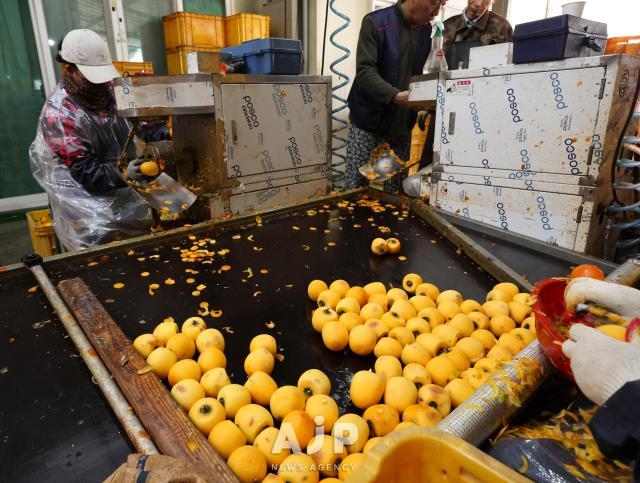

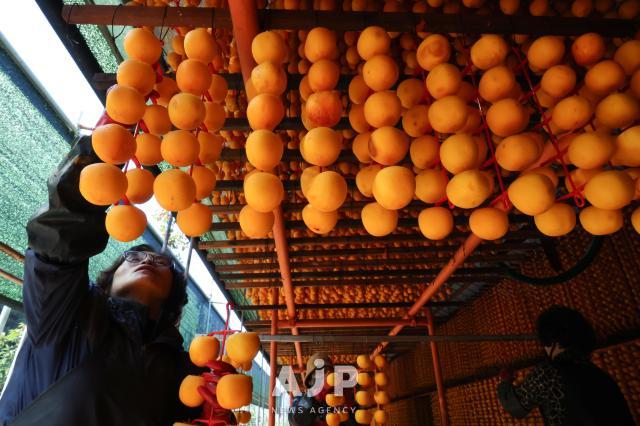
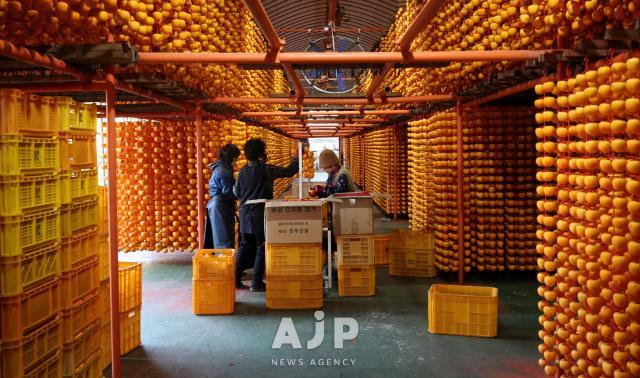
Copyright ⓒ Aju Press All rights reserved.

